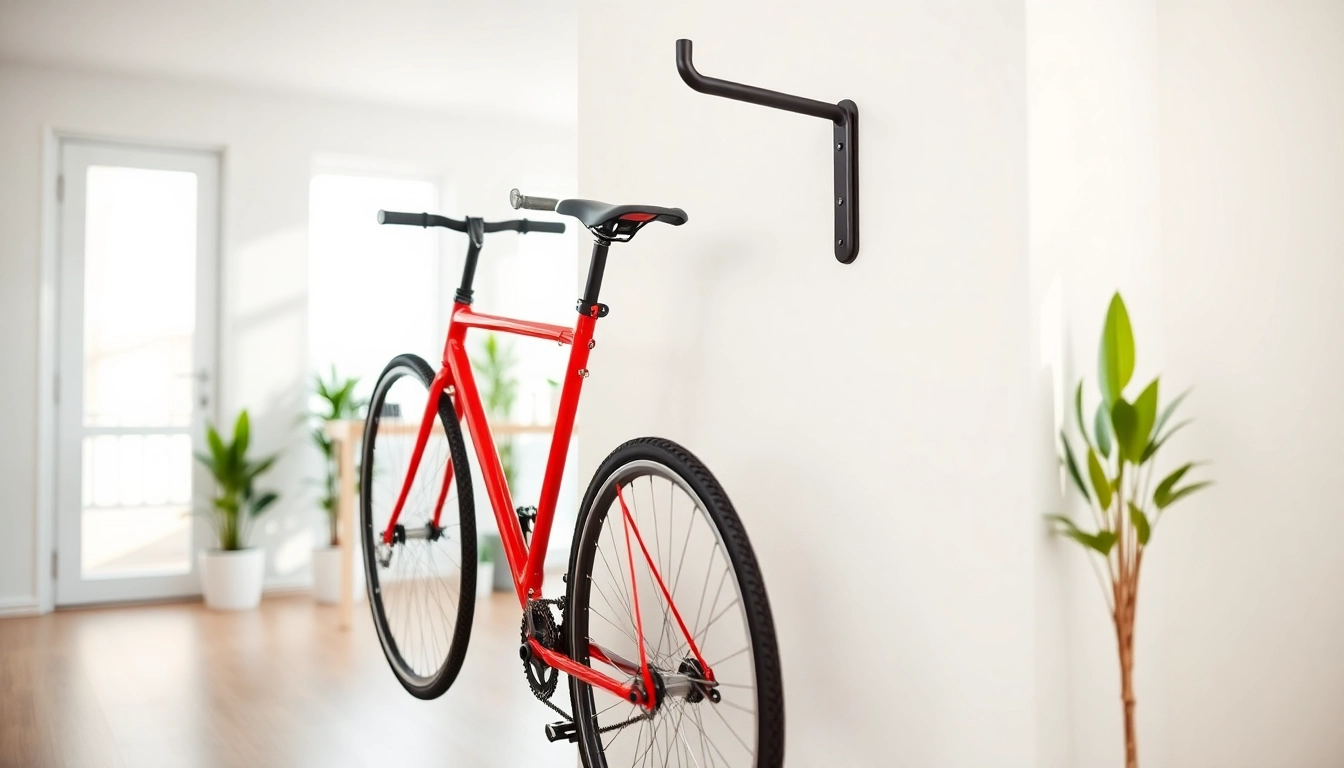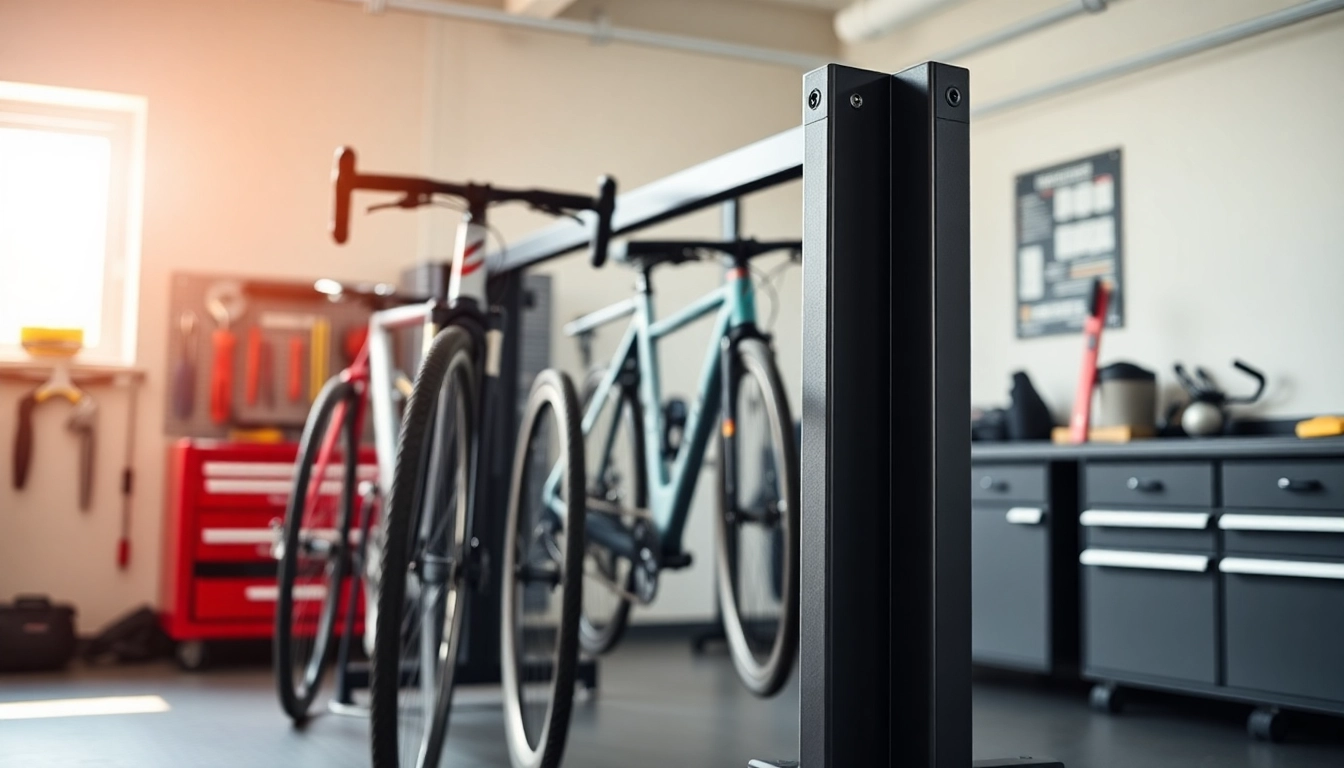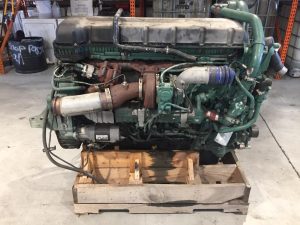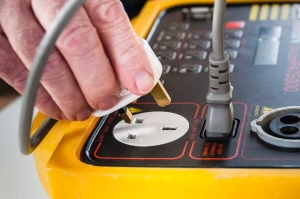Choosing the Perfect Bike Rack for Home: Space-Saving Solutions and Style
Understanding Your Needs for a Bike Rack for Home
Choosing the right Bike rack for home can significantly enhance your cycling experience by ensuring your bike is stored securely and conveniently. Before diving into the various types of racks available, it’s essential to understand your unique needs. This understanding helps in selecting the most appropriate options that fit your lifestyle, space, and biking habits.
Identifying Available Space
The first step in selecting a bike rack involves assessing the space you have available. Take a thorough inventory of your home or garage, considering:
- Dimensions: Measure the height, width, and depth of the areas where you plan to install the rack. This will help you determine whether to opt for a wall-mounted model, a freestanding rack, or an overhead hoist system.
- Access: Consider how easily you can access the bike. If space is limited, think about the layout to ensure easy entry and exit without moving too many items.
- Visibility: Sometimes, a visually appealing setup can encourage more regular use. Think about locations that not only serve practical purposes but also enhance the aesthetics of your home.
Assessing Bike Types and Sizes
Different bikes have varying requirements when it comes to storage. Assess the types of bikes you own:
- Mountain bikes: Generally bulkier and may require more substantial support options.
- Road bikes: Typically lighter and slimmer, so options that minimize contact with the frame are advisable.
- Child’s bike: Consider racks that accommodate smaller wheel sizes and ensure they are easily accessible for kids.
Knowing the size and design of each bike can aid in your selection, ensuring the chosen bike rack meets the necessary specifications.
Defining Style Preferences
Bike racks come in various styles and designs. Some factors to consider include:
- Material: Options range from steel, which offers durability, to aluminum, which is lightweight.
- Finish: Aesthetic elements such as colors and finishes may matter to you, especially if the bike rack will be in a visible area.
- Functionality: Decide if you want extra features such as hooks for helmets, or compartments for tools and accessories.
Ultimately, the right style choice should match your personal aesthetic while serving its functional purpose effectively.
Types of Bike Racks for Home
Once your needs are identified, you can delve into the types of bike racks available. Each type has its advantages and considerations that may align with your preferences and constraints.
Wall-Mounted Options
Wall-mounted bike racks are excellent for maximizing floor space, particularly in smaller homes. Some notable features and advantages include:
- Space-Saving: Vertical alignment keeps bikes out of the way, allowing for more room for other items.
- Accessibility: Easily retrieve your bike without obstructing additional items or tripping hazards.
- Versatility: Many wall-mounted racks allow for adjustable spacing to accommodate different bike sizes.
When choosing a wall-mounted rack, ensure that the wall can support the weight of the bikes and that the rack has a suitable weight limit.
Freestanding Bike Racks
Freestanding bike racks offer a flexible solution that does not require installation. They are particularly advantageous for:
- Renter-Friendly: No installation means you won’t risk losing your deposit on a rental property.
- Mobility: Clear your space easily by moving the rack wherever needed.
- Ease of Use: Simply place bikes in or out of the rack without complex installation or setup steps.
However, these racks may take up more floor space, which could be a consideration in tight areas.
Cable and Hoist Systems
For those with limited vertical space, cable and hoist bike storage systems can be an innovative solution. These options offer:
- Maximized Vertical Space: They allow you to lift bikes up to the ceiling, keeping them completely out of the way.
- Security: When lifted, bikes are less prone to theft and damage.
- Easy Access: Many systems feature user-friendly mechanisms for lowering and raising bikes.
While cable systems can be highly effective, they may require more initial setup or adjustments to ensure proper operation.
Installation Considerations for a Bike Rack for Home
After selecting a rack type that meets your needs, the installation process is crucial for both security and functionality. Proper installation ensures your bike remains safe and your space organized.
Tools and Materials Needed
Before you start the installation, gather the necessary tools, which typically include:
- Drill and drill bits
- Screws and wall anchors (if mounting to a wall)
- Level for ensuring straight alignment
- Measuring tape for accurate placement
- Wrench or screwdriver (depending on rack specifications)
Having all tools ready will save time and prevent multiple trips to the hardware store.
Step-by-Step Installation Guide
While specific installation steps may differ depending on the type of rack, here’s a general guide for wall-mounted and freestanding options:
- Preparation: Determine the best location by measuring your space and ensuring the spot is free from obstructions.
- Marking: Using a pencil, indicate where the screws or anchors will go on the wall or floor.
- Drilling: If it’s a wall-mounted rack, drill holes for anchors where marked; use appropriate drill bits.
- Attaching the Rack: Secure the rack to the wall or place the freestanding rack in the designated spot. Use a level to ensure it’s straight before fully tightening screws.
- Final Check: Once installed, check stability by gently pulling on the rack. It should be secure and properly anchored.
Pro Tips for Securing Your Rack
To ensure the safety and stability of your bike rack:
- Regularly check screws and anchors for wear and tighten them when necessary.
- Avoid overloading the rack with more bikes than it can support.
- Consider using additional locking mechanisms for high-value bikes to prevent theft.
Maintenance Tips for Your Bike Rack for Home
Once your bike rack is successfully installed, ongoing maintenance is essential. Regular upkeep ensures it continues to function effectively and securely.
Regular Cleaning Practices
Keeping your bike rack clean is important for its longevity. Use a mild detergent and water to clean the rack from dust, grime, and dirt that build up over time. Pay special attention to any moving parts, such as hooks or pulleys in hoist systems, to keep them free from obstruction.
Inspecting for Wear and Tear
Conduct regular inspections of the bike rack, focusing on:
- Checking for rust or corrosion on metal racks.
- Ensuring that any moving parts operate smoothly and aren’t overly stiff.
- Looking for loose screws or anchors that may loosen up over time.
Identifying any issues early can save you time and money on repairs or replacements in the long run.
Adjusting and Repositioning Techniques
As your bike collection changes, or if you need to rearrange your storage space, don’t hesitate to adjust the rack setup. Regularly reassess its placement to ensure it continues meeting your current needs.
Maximizing Space with Smart Bike Storage Ideas
Beyond simply choosing a bike rack, consider how to maximize space further in your home or garage. Smart storage ideas can enhance functionality and organization.
Creative Layouts for Small Spaces
For those with minimal space, think vertically. Utilize wall space for hooks and racks while keeping the ground clear for other uses. Group bikes by size and frequency of use, positioning frequently used bikes at the most accessible locations.
Incorporating Additional Storage Solutions
Bike storage doesn’t just stop with the rack. Integrate other storage solutions like:
- Saddle bags that can store tools and accessories.
- Wall-mounted bins for smaller cycling-related gear such as helmets, tires, and pumps.
- Magnetic strips for attaching multi-tools or small accessories securely.
Creating a comprehensive storage approach ensures that everything remains organized and easy to find while reducing clutter.
Using Vertical Space Efficiently
Vertical space is often underutilized in homes. Consider using shelves above bike racks or hanging storage for helmets, jackets, and cycling shoes. Overhead storage systems can also keep seasonal gear out of the way, allowing bikes to take center stage.
In conclusion, selecting the right Bike rack for home is about understanding your unique needs, evaluating the type of racks available, and ensuring proper installation and maintenance. By considering various factors such as space, bike types, and style preferences, you will not only secure your bike but also enhance your living space’s overall functionality and aesthetics.












Post Comment